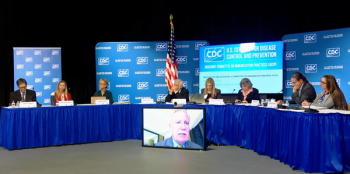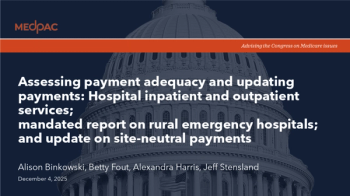
Are we wrong about the causes of physician burnout?
Reducing burnout requires an organizational-level response.
Efforts to address
The study’s authors surveyed more than 5,000 physicians and advanced practice clinicians at 715 small- to medium-sized practices taking part in an Agency for Healthcare Research and Quality quality program from 2015 to 2017. They measured burnout levels among individual respondents using the
The researchers used the responses to compare traits among and between “zero burnout” and “high burnout” practices—the former with no practice member reporting burnout and the latter with at least 40 percent of members reporting burnout. Among their statistical findings:
- Burnout correlates with practice size: For example, 30.8% of solo practices were in the zero burnout category while 10.6% were in the high burnout. Conversely, among practices with six to 10 clinicians, 7.5% of respondents were in the zero burnout category, compared with 17% in the high burnout grouping.
- Practice ownership is an important factor in burnout: 53% of clinician-owned practices fell into the zero burnout category, while 37% were high burnout. But 19% of practices owned by a hospital, health system or HMO were zero burnout, while 37% were high burnout.
- Patient volume doesn’t significantly affect differences in burnout levels: At practices where clinicians saw 20 or fewer patients per day, 62% were zero burnout versus 66% that were high burnout. At practices where clinicians saw more than 20 patients, 28% were zero burnout and 32% high burnout.
In a finding that may have implications for the movement to value-based care, 29% of practices participating in an ACO were zero burnout, compared with 53% in the high burnout category. However, a spokesperson for the
Looking at zero burnout practices overall, the authors say, their common trait is a strong practice culture, “in which teamwork, communication, psychological safety, mindfulness of others, facilitative leadership, and understanding that people make and can learn from mistakes are among the key attributes.”
The study, “Cultural and Structural Features of Zero-Burnout Primary Care Practices,” appears in the June issue of
Newsletter
Stay informed and empowered with Medical Economics enewsletter, delivering expert insights, financial strategies, practice management tips and technology trends — tailored for today’s physicians.
















